Back in May 2023 we covered NNB Nutrition's MitoPrime, a high-quality, lab-tested L-ergothioneine dietary supplement.
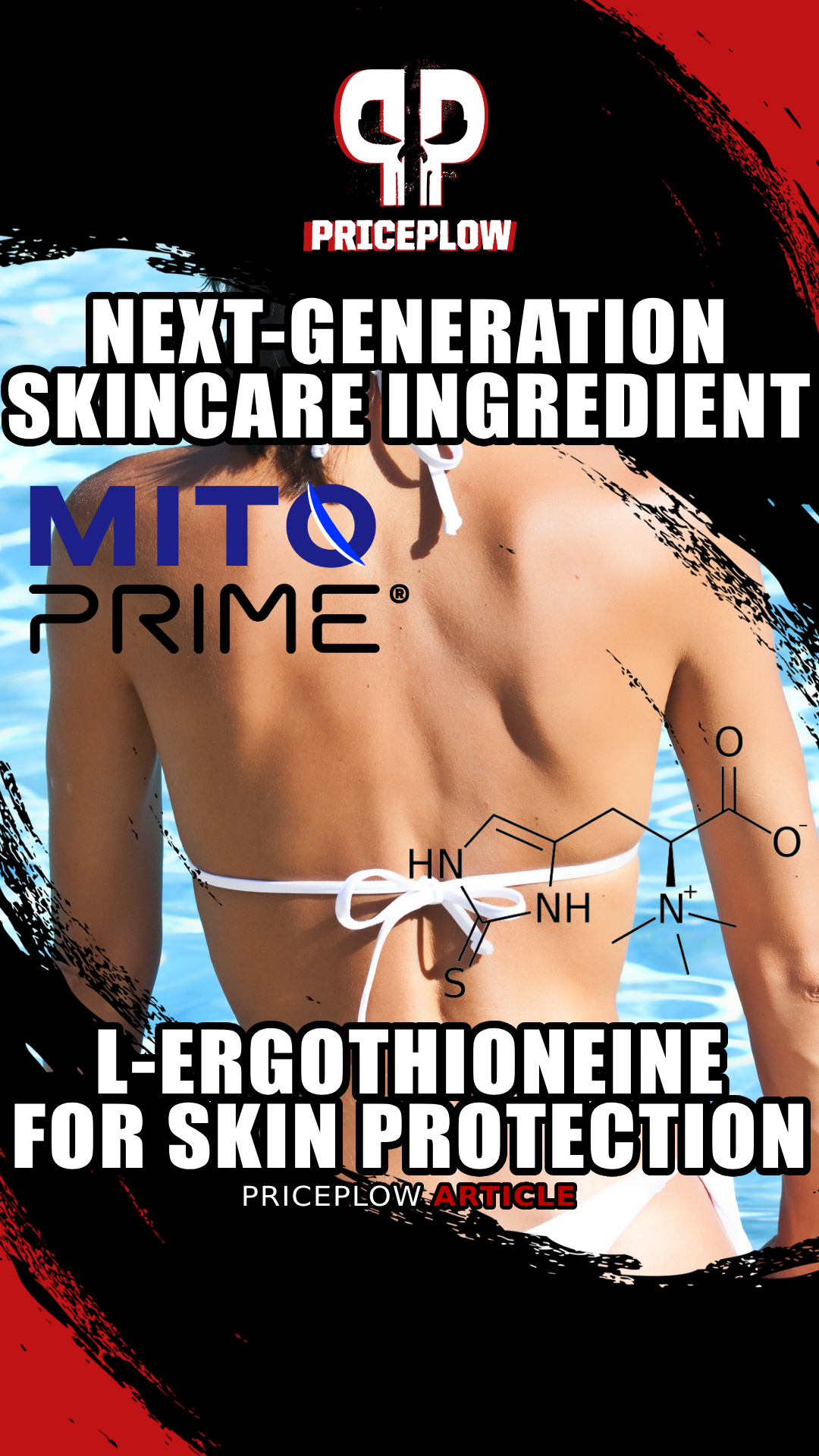
We've long heralded MitoPrime L-ergothioneine as a premiere immunity-boosting antioxidant, but this article digs into using ergothioneine as a skin care ingredient, where it's been shown to increase glutathione levels and outperform vitamin E and CoQ10, better protecting the skin from UvA damage!
In case you haven't read the above two articles, ergothioneine (EGT) is kind of a super-antioxidant. It seems so fundamental to human health that some researchers have proposed designating it a vitamin,[1,2] which would make sense since humans can't synthesize it themselves, but have a dedicated transporter (OCTN1) and storage mechanism for it.[3,4]
Even more interesting, ergothioneine is one of the world's oldest known bioactive compounds, with an estimated age of 2.4 billion years -- it's postulated to predate the oxygenation of Earth's atmosphere.[5,6]
Much of this, and more, are discussed in the above two articles, where we focus on ergothioneine's immune-boosting prowess and antioxidant status. But one thing we haven't discussed much is ergothioneine as a skin health ingredient. That's the topic of today's article.
Ergothioneine – Major Skin Health Benefits
Given how crucial it appears to be in human physiology, it's not surprising that ergothioneine has major skin health benefits. After all, your skin is the body's largest organ, and is the interface between your body and the world around you. With that in mind, any antioxidant worth its salt should have powerful protective effects on skin - and this is indeed the case with EGT.
To start, we explore the effects of ultraviolet light, since sun exposure is a major factor in skin aging,[7] and we expect any substance that protects skin to help prevent or reverse sun-induced damage.
Protects Human Skin Cells Against Photodamage
So what does the research say? Just as you'd expect, human skin cells do indeed express OCTN1. But more than that, researchers have found that OCTN1 and ergothioneine play an indispensable role in skin cells' response to the oxidative damage induced by ultraviolet A (UVA) light.[8]
Outperforms CoQ10 and Vitamin E in skin
In a 2008 in vitro study (a type of skin cell) researchers showed that human dermal fibroblasts treated with ergothioneine exhibited significantly fewer signs of oxidative stress than those treated with the antioxidant idebenone.
To put the significance of that comparison in perspective, it helps to know that idebenone goes by another name: ubiquinone. As supplement veterans are aware, ubiquinone is sometimes called coenzyme Q10 (CoQ10) and is generally regarded as one of the most powerful antioxidant supplements available. In fact, CoQ10 is as powerful as alpha-tocopherol, also known as vitamin E, which is itself regarded as the best fat-soluble antioxidant.[10]
That ergothioneine outperformed CoQ10 and vitamin E in the UVA photodamage study says alot about the efficacy of this crucial antioxidant.[8]
Since UVA is a major component of sunlight, the implication is that we evolved to rely on ergothioneine as part of our first-line defense against arguably the most common source of oxidative stress in the ancestral environment: sunlight. Or, as the authors of a study on EGT and OCTN1 put it, "These data suggest that EGT and OCTN-1 are part of the natural antioxidant system of the skin."[8]
Repairs Photodamage to DNA In Skin Cells!
Another study with a similar design, published in 2009, confirmed that skin cells manufacture the ergothioneine-specific OCTN1 transporter.[9] This study, which looked at EGT's interaction with epidermal keratinocytes, yielded several interesting findings.
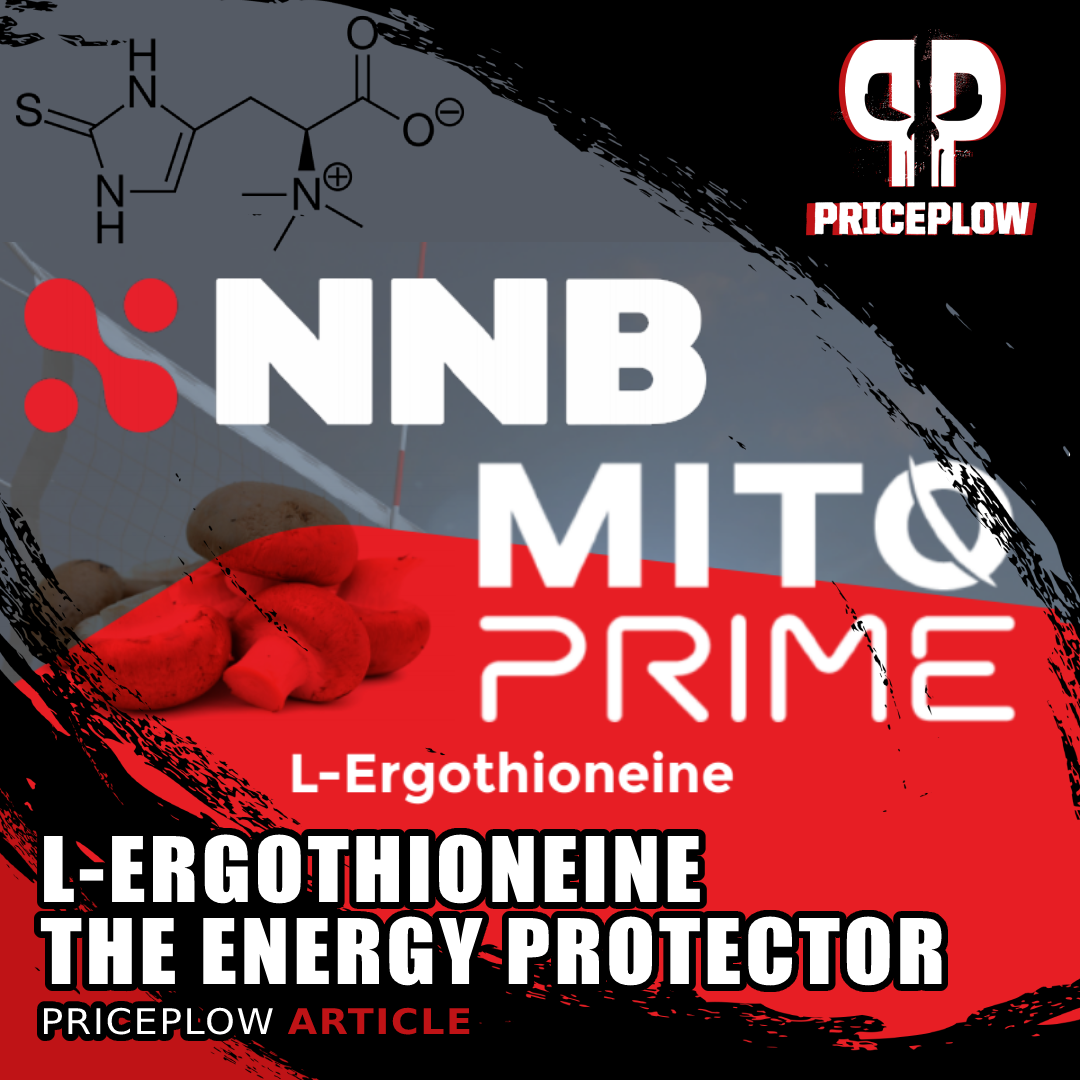
Found in mushrooms, ergothioneine is the oldest -- and most overlooked -- energy-supporting immune system booster / antioxidant on the market. This is a mind-blowing ingredient.
First, the researchers observed through direct measurement that skin cells were taking up and accumulating ergothioneine[9] -- the OCTN1 transporter functions as expected. Interestingly, the amount of EGT taken up by the cells was directly proportional to the concentration of EGT in the medium surrounding them,[9] meaning the researchers didn't observe a bottleneck on the rate of EGT absorption.
Besides that, we see the usual stuff we'd expect from an antioxidant, including decreased ROS (reactive oxygen species) and lipid peroxidation.[9]
The really interesting findings came when researchers applied UVA to the skin cell samples, which had been subjected to various treatment conditions: 1) untreated, 2) vitamin E treated (Trolox), 3) ergothioneine-treated.
"Irradiation with 40 kJ/m2 inhibited the proliferation in about 90% of the keratinocytes and this inhibition persisted 48 h postirradiation. Preincubation with 100 μM EGT left about 30% of the cells proliferatively active 24 h postirradiation, whereas less than 10% of the cells pretreated with an equimolar concentration of Trolox incorporated EdU in the same period (Fig. 6B). Forty-eight hours postirradiation, still only about 10% of the irradiated untreated keratinocytes and about 25% of the irradiated Trolox-treated kerati-nocytes underwent DNA replication. In contrast, the proliferation in the EGT-treated cells was restored to 80% of the control levels. Thus,the lower cytotoxicity in the EGT-treated NHEK cultures irradiated with 40 kJ/m2 ssUV (Fig. 6C) was associated with a markedly reduced keratinocyte proliferation during the first 24 h after irradiation and a restoration of the proliferative activity in the next 24 h."[9]
Did you catch that? Irradiation with UVA severely decreased the reproduction rate of all the skin cell samples, but the ergothioneine-treated skin cells bounced back. They went from only 30% proliferating 24 hours after irradiation, to 80% proliferating 48 hours afterward.[9]
None of the other samples recovered like this – only the ergothioneine-treated cells! Again we see EGT trouncing vitamin E as a functional antioxidant, as vitamin E had virtually no effect on the cells' recovery.[9]
According to the authors of the study, this effect can be explained by ergothioneine's ability to not only prevent, but actually repair damage done to DNA by UVA:
"The increase in DNA synthesis in UV-irradiated EGT-treated cells at 48 h compared to irradiated controls, accompanied bythe increase in viability and reduction of apoptosis, suggests that EGT not only may prevent damage but also may supplement repair. An attractive candidate for such an activity is, for example, the modulation of the redox state of key proteins involved in DNA repair such as p53 [see 46]."[9]
The ability to repair DNA damage that's already been done, rather than only prevent that damage from occurring, is rare. It is certainly not a general characteristic of antioxidants as a class – as you may infer from vitamin E's failure to increase cell proliferation at 48 hours post-irradiation.
Downregulates MMPs, Protects Hyaluronic Acid, Upregulates Collagen Synthesis
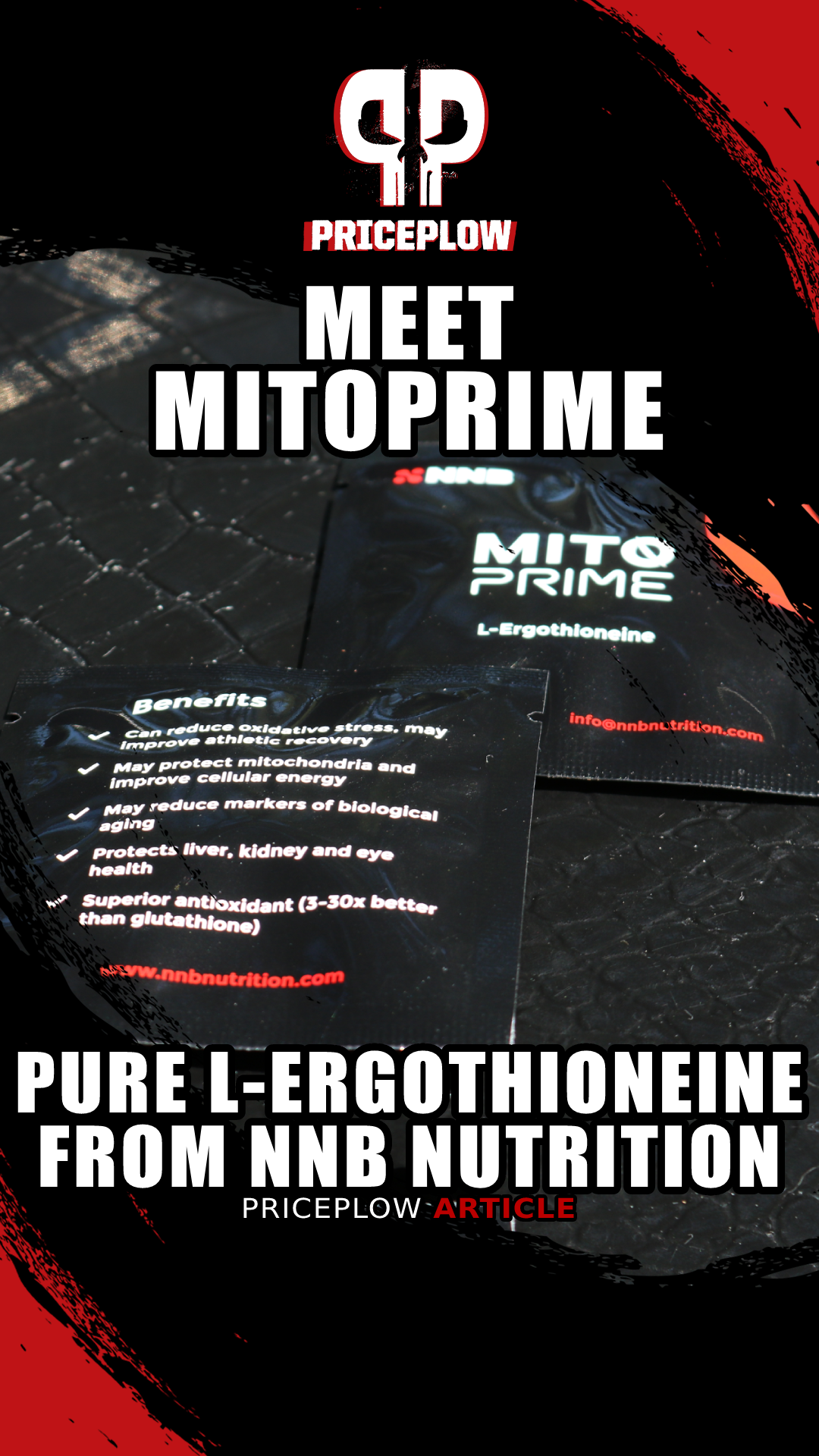
Meet MitoPrime: The most 'slept-on' skin care and immune system supplement ingredient on the market, based on pure L-Ergothioneine - a master antioxidant molecule that's been shown to outperform glutathione!
In general, there are three primary goals when it comes to maintaining skin health:
- Sustain collagen integrity
- Maximize hyaluronic acid content (and thus support hydration)
- Inhibit matrix metalloproteinases (MMPs)
As we'll see, ergothioneine has been shown to do all three of these.
We've all heard tons about the importance of collagen for skin health, and probably hyaluronic acid (HA) as well. But if you're not familiar with HA, this is a natural substance whose topical application has been shown to improve skin tightness, elasticity, and face rejuvenation; and improve aesthetic scores by reducing wrinkle scars, improving skin longevity, and tear trough rejuvenation (wrinkles under the eyes).[11]
Among other things, hyaluronic acid can significantly improve the hydration status of skin cells,[11] and has been identified as a key therapeutic target in preventing signs of skin aging.[12]
So with all of that in mind, it's extremely interesting to note that ergothioneine not only upregulates collagen synthesis in UVA-irradiated fibroblasts,[13] but also protects hyaluronic acid from being degraded by UVA light.[14]

Ergothioneine-treated cells had significantly higher levels of glutathione (GSH), an endogenous antioxidant synthesized by human cells.[13]
Ergothioneine does this by activating nuclear factor erythroid 2-related factor 2 (Nrf2), a stress sensor that switches on endogenous cellular antioxidant defenses. Among these defenses is glutathione (GSH), the body's potent antioxidant that's synthesized endogenously by human cells. Besides acting as an antioxidant itself, EGT can also apparently increase cells' Nrf2-mediated GSH synthesis.[13]
Experts theorize that a decline in tissue glutathione levels plays a major role in age-related degeneration[15] since GSH supplementation shows anti-aging effects in skin cells.[16] So you can see what a big deal it is that ergothioneine administration upregulates GSH synthesis – not just for skin health, but for general health and wellness, as glutathione is heavily implicated in both.
Finally, let's talk about the matrix metalloproteinases (MMPs). The MMPs are enzymes that degrade collagen. MMP activity increases as we get older and is thought to play a major role in the visible signs of skin aging.[17]
Fortunately for us, ergothioneine's activation of Nrf2 also downregulates MMP activity.[13] So, not only is EGT helping your body create new collagen, it's also preventing damage to existing collagen in the first place.
Where to Try MitoPrime L-Ergothioneine
We've recently covered an updated supplement with MitoPrime inside:
- Glaxon Supershrooms - Updated in 2023 to include MitoPrime, this mushroom blend now has ergothioneine inside, and would make a useful addition to a skin care regimen.
Conclusion: An Antioxidant from the Inside and Out
When you see glutathione upregulation, MMP inhibition, increased collagen synthesis, and DNA repair all attributed to the same substance, you should realize that we're talking about mechanisms for optimizing health and wellness that are as fundamental and far-reaching as it gets.
It might take consumers and formulators a while to catch on, especially since randomized controlled trials using ergothioneine in humans remain scarce. But when it comes to long-term preservation of skin health and appearance, we can't think of a more promising ingredient than MitoPrime.
Of course, the skin health benefits are really just the tip of the iceberg. The existence of an evolutionarily-conserved ergothioneine-dedicated cellular transporter speaks volumes about how important this molecule is for human longevity.
Because of its non-specific, but powerful mechanisms of action, the applications for EGT seem limitless. Mark our words: By 2034, EGT will be far more common - but you saw it here first.
You can always read more in our main ergothioneine, MitoPrime, and MITOgreens articles, or see the supplements listed above. Sign up for more NNB Nutrition news below:
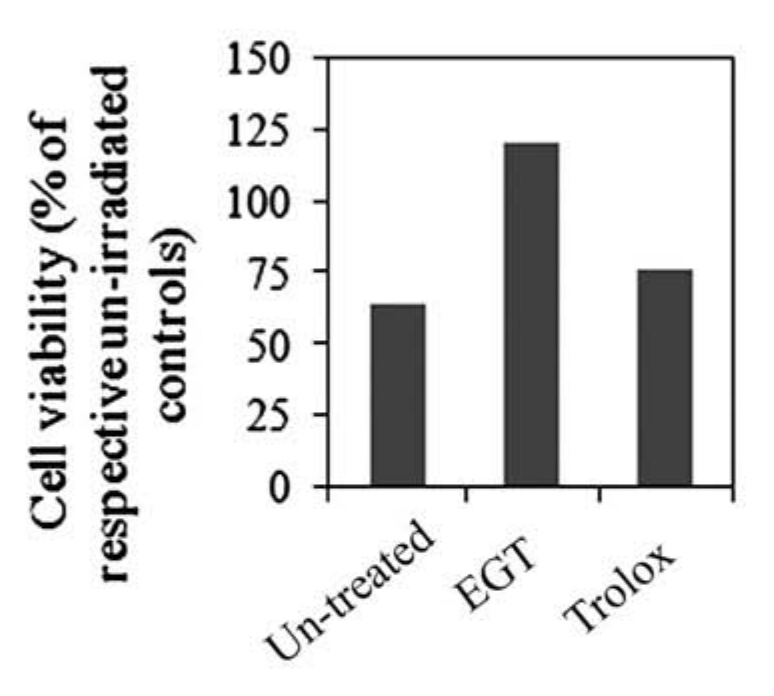
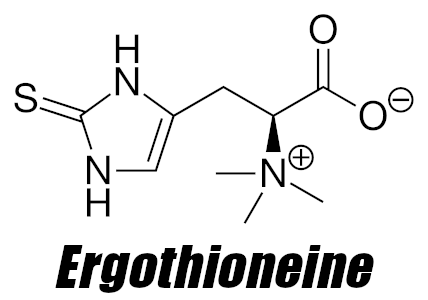
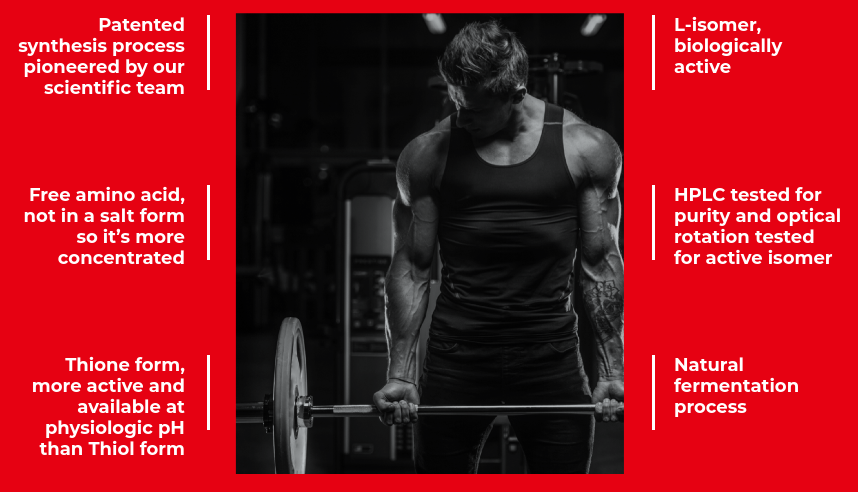


Comments and Discussion (Powered by the PricePlow Forum)